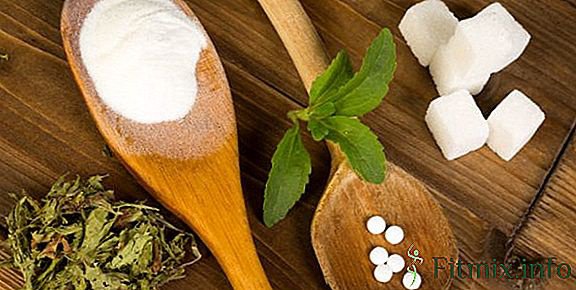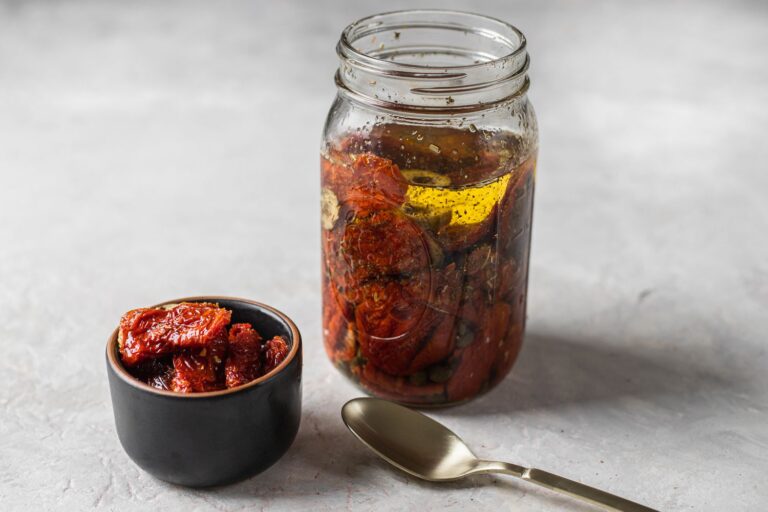Artificial and natural sweeteners have become increasingly popular as more people look for alternatives to sugar. Among the many options available, sucralose and stevia stand out as two of the most commonly used. But how do they compare? In this article, we’ll explore the differences between sucralose and stevia, their benefits and drawbacks, and which one might be the better choice for your needs.
What Are Sucralose and Stevia?
Understanding Sucralose
Sucralose is an artificial sweetener that is widely used in many foods and beverages. It was discovered in 1976 and is commonly known by its brand name, Splenda. Sucralose is made from sugar but is chemically altered to be much sweeter without the calories. Because it is not absorbed by the body, it provides sweetness without contributing to caloric intake.
Understanding Stevia
Stevia is a natural sweetener derived from the leaves of the Stevia rebaudiana plant, native to South America. It has been used for centuries by indigenous peoples as a natural sweetener. Unlike sucralose, stevia is a plant-based, non-artificial sweetener that is often marketed as a healthier alternative to sugar and artificial sweeteners. Stevia is available in various forms, including liquid extracts, powdered forms, and as an ingredient in many processed foods.
Chemical Composition and Sweetness
Chemical Structure of Sucralose
Sucralose is created through a process that involves replacing three hydrogen-oxygen groups in sugar with chlorine atoms. This change makes sucralose about 600 times sweeter than sugar. The body cannot metabolize sucralose, so it passes through the digestive system without being absorbed, which is why it has zero calories.
Chemical Structure of Stevia
Stevia’s sweetness comes from compounds called steviol glycosides, particularly stevioside and rebaudioside A. These compounds are extracted from the stevia plant and purified for use as a sweetener. Stevia is about 200 to 300 times sweeter than sugar, depending on the specific glycoside used.
Taste Profile
Taste of Sucralose
Sucralose is often praised for its sugar-like taste, which is why it is a popular choice for a wide variety of foods and beverages. It is heat-stable, meaning it can be used in baking and cooking without losing its sweetness. However, some people may notice a slight aftertaste, especially in high concentrations. Also read here: Do Oysters Feel Pain? Exploring the Science Behind Mollusk Sensation
Taste of Stevia
Stevia has a unique taste that can be slightly different from sugar. Some people describe it as having a licorice-like or bitter aftertaste, particularly in higher concentrations. However, this taste can vary depending on the brand and the specific stevia extract used. Many manufacturers blend stevia with other sweeteners to reduce this aftertaste.
Health Impacts
Potential Health Benefits of Sucralose
- Weight Management: Sucralose is calorie-free, making it a popular choice for those looking to reduce their calorie intake and manage their weight.
- Diabetes-Friendly: Because it does not affect blood glucose levels, sucralose is safe for people with diabetes.
- Dental Health: Unlike sugar, sucralose does not contribute to tooth decay or cavities.
Potential Health Concerns of Sucralose
- Digestive Issues: Some studies suggest that sucralose may affect gut bacteria, although more research is needed to understand the full implications.
- Heat Degradation: When heated to very high temperatures, sucralose can break down and produce potentially harmful compounds, although this is generally not a concern at typical cooking temperatures.
Potential Health Benefits of Stevia
- Natural and Plant-Based: Stevia is a natural sweetener with no artificial ingredients, which appeals to those seeking more natural dietary choices.
- Zero Calories: Like sucralose, stevia is calorie-free, making it suitable for weight management.
- Antioxidant Properties: Some research suggests that stevia may have antioxidant properties, although more studies are needed.
Potential Health Concerns of Stevia
- Digestive Sensitivity: Some individuals may experience bloating, nausea, or other digestive issues when consuming stevia.
- Blood Pressure Effects: Stevia has been shown to lower blood pressure in some studies, which could be beneficial for people with hypertension but may be a concern for those with already low blood pressure.
Uses in Food and Beverages
Sucralose in Products
Sucralose is used in a wide range of products, from soft drinks and desserts to chewing gum and baked goods. Its stability under heat and its ability to retain sweetness make it a versatile ingredient in both commercial and home cooking.
Stevia in Products
Stevia is also used in many products, particularly those marketed as natural or organic. It is found in beverages, desserts, yogurts, and even in some condiments. While it is stable under heat, the distinct taste of stevia can sometimes limit its use in certain recipes.
Environmental Impact
Production of Sucralose
The production of sucralose involves several chemical processes, including chlorination, which can raise concerns about environmental impact. The production process is energy-intensive, and there is ongoing debate about the long-term environmental effects of widespread sucralose use.
Production of Stevia
Stevia production is generally considered more environmentally friendly, as it is derived from a natural plant source. However, large-scale farming of stevia can still have environmental impacts, including the use of water and land resources. Additionally, the extraction and purification processes can involve chemicals that may have environmental effects.
Regulatory Status and Safety
Sucralose Regulation and Safety
Sucralose has been approved for use by major health organizations, including the U.S. Food and Drug Administration (FDA), the European Food Safety Authority (EFSA), and the World Health Organization (WHO). These agencies have determined that sucralose is safe for human consumption within the established acceptable daily intake levels.
Stevia Regulation and Safety
Stevia and its extracts have also been approved by the FDA, EFSA, and WHO. However, whole-leaf stevia and crude stevia extracts are not approved for use as sweeteners in the United States due to concerns about their potential health effects in their unrefined forms.
Comparison of Cost and Availability
Cost of Sucralose
Sucralose is widely available and is often more affordable than natural sweeteners like stevia. It is sold under various brand names and can be found in both bulk and individual packet forms.
Cost of Stevia
Stevia tends to be more expensive than sucralose, especially when purchasing pure stevia extract. However, its cost has decreased in recent years as demand and production have increased. Stevia is available in various forms, including liquid, powder, and blended sweeteners.
Consumer Preferences
Popularity of Sucralose
Sucralose remains a popular choice for those who prefer a sugar-like taste without the calories. It is often chosen by consumers who are not particularly concerned about using artificial sweeteners and who prioritize taste and versatility.
Popularity of Stevia
Stevia appeals to consumers who prefer natural products and are concerned about the potential long-term effects of artificial sweeteners. Its popularity has grown, particularly among those seeking organic or plant-based options.
Potential Side Effects
Side Effects of Sucralose
While sucralose is generally considered safe, some people may experience side effects such as headaches, dizziness, or digestive issues. These side effects are typically mild and occur in a small percentage of users.
Side Effects of Stevia
Stevia is also generally considered safe, but some individuals may experience side effects like bloating, nausea, or allergic reactions. As with sucralose, these side effects are rare and usually mild.
The Future of Sweeteners
Innovations in Sucralose
Ongoing research and development are focused on improving the taste, stability, and environmental impact of sucralose. As demand for low-calorie sweeteners continues to grow, sucralose is likely to remain a key player in the sweetener market.
Innovations in Stevia
The stevia industry is also evolving, with new extraction methods and hybrid products being developed to improve taste and reduce aftertaste. As consumer interest in natural products increases, stevia’s role in the market is expected to expand.
Which One Should You Choose?
Factors to Consider
When choosing between sucralose and stevia, consider your personal preferences, dietary goals, and any potential health concerns. If you prefer a more natural product and are sensitive to artificial sweeteners, stevia may be the better choice. However, if you prioritize taste and versatility in cooking, sucralose might be more suitable.
Personal Preferences and Taste
Ultimately, the choice between sucralose and stevia comes down to personal preference. Some people may prefer the taste and texture of sucralose, while others might lean towards the natural appeal of stevia. It may be helpful to try both and see which one works best for you.
Conclusion
In the debate of “sucralose vs stevia,” both sweeteners have their own set of advantages and disadvantages. Sucralose offers a more sugar-like taste and is highly versatile in cooking, while stevia provides a natural, plant-based alternative with zero calories. Your choice will depend on your taste preferences, health goals, and whether you prefer an artificial or natural sweetener. By understanding the differences between these two sweeteners, you can make an informed decision that best suits your needs.














2 thoughts on “Sucralose vs Stevia: A Comprehensive Guide to Sweeteners”